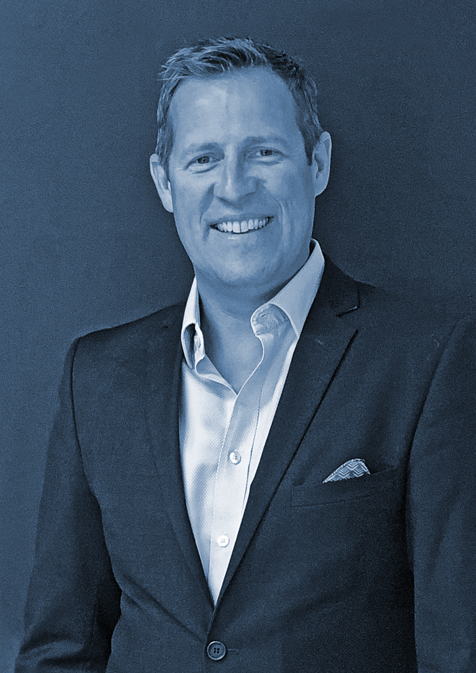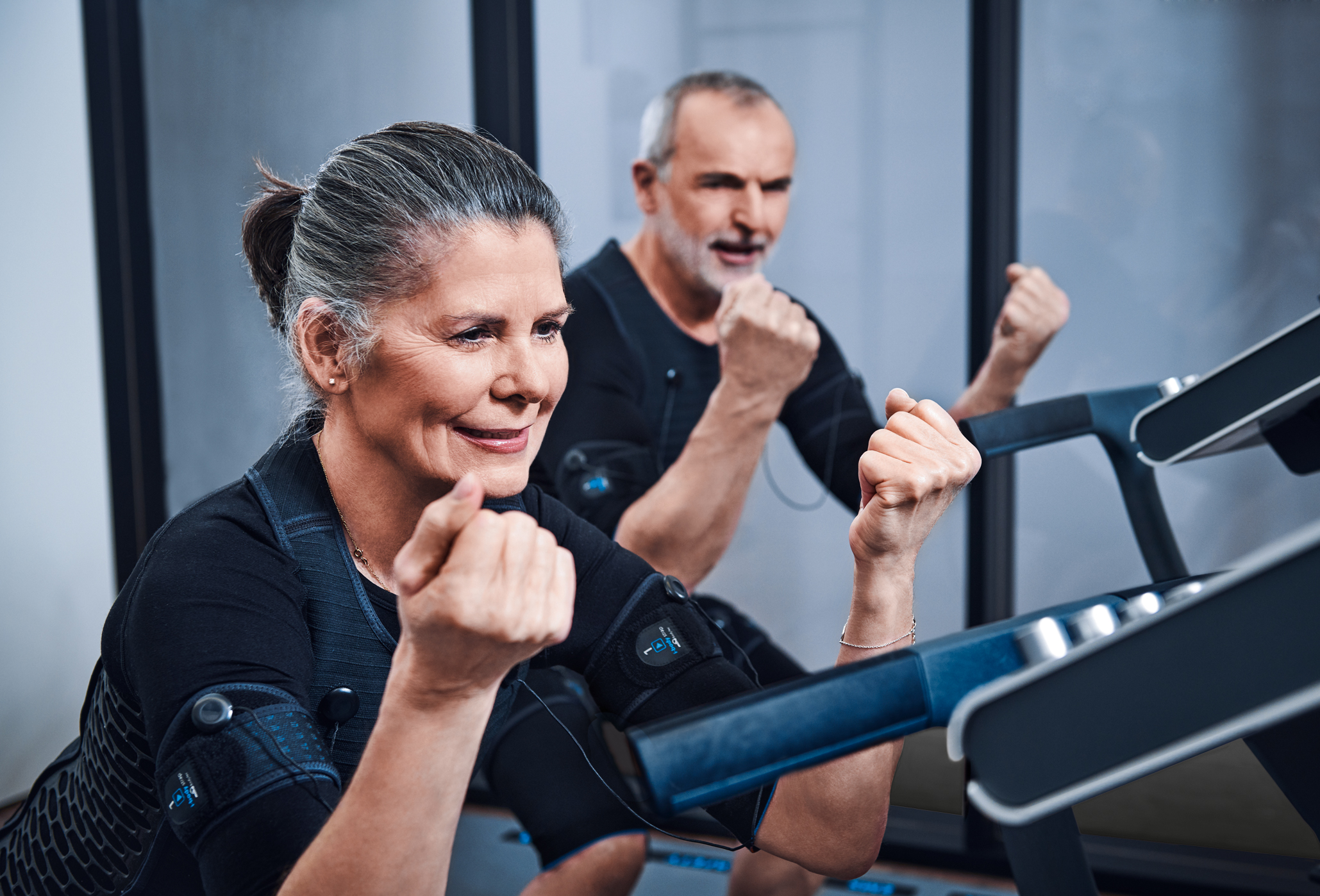
Mike Hill
The recent article about older people’s ability to build muscle was an encouraging read. The study by the University of Birmingham showed that older people who have never taken part in sustained exercise programmes have the same ability to build muscle as highly trained master athletes of a similar age – further proof that it really is never too late to get into fitness.
The challenge is getting older people into the gym. The desire is there, but the barriers sometimes prove too much. Despite the well-established advantages of physical activity, people over 60 often neglect their fitness. And for those that do maintain a regular exercise routine, they often forget about any form of strength training. Even in situations where over-60s are exercising, they often prioritise cardiovascular training.
Some older adults are reluctant to participate in traditional forms of fitness due to physical limitations, the intimidating atmosphere created by younger, fitter people, noise levels and the lack of affordable supervision.
Electro-Muscle-Stimulation (EMS) Training has the potential to remove these barriers, providing an efficient alternative training method to increase or maintain muscle mass and function.
Requiring just 20 minutes to do, the low-impact EMS workout is accessible, effective and scientifically proven to reduce sarcopenia.
Studies show regular EMS sessions with both males and females aged 60 and over, who are considered untrained but otherwise healthy, experienced improved joint functionality and movement, such as knee extension and flexion and motor function.
"While the notion of EMS may be unusual to some, the ease with which a session can be delivered could be just the motivation older people need"
Whole-body EMS also demonstrated positive changes in muscle mass, power and abdominal fat accumulation in untrained females over 60 to the same extent as conventional resistance training.
While the notion of EMS may be unusual to some people, the ease with which a session can be delivered could be just the motivation older people need. There’s no special equipment required, sessions are short, low-impact, and comprised of bodyweight movements most people can do.
EMS trainers are also mobile, so they can travel to clients for bespoke, one-on-one sessions in the comfort of their own home. Sessions are delivered by a qualified trainer, so their full attention is always on the client. The same cannot be said for someone new to exercise who’s hidden at the back of a studio, or trying to blend in on the gym floor.
EMS helps build strength and strength training is preventative medicine for your body. It has the potential to decrease the risk of injury, increase bone density and prevent back pain and loss of muscle mass, all of which is important as we age.
For these reasons, EMS can be a useful alternative to traditional exercise methods for an older population. It may be just the start they need for more regular activity, or simply the thing that allows them to play with their grandchildren without pain or worry.

With its short, low impact and one-to-one sessions, EMS is suitable for older people,
says Horton